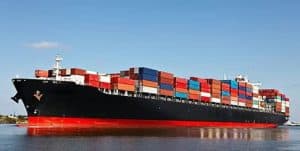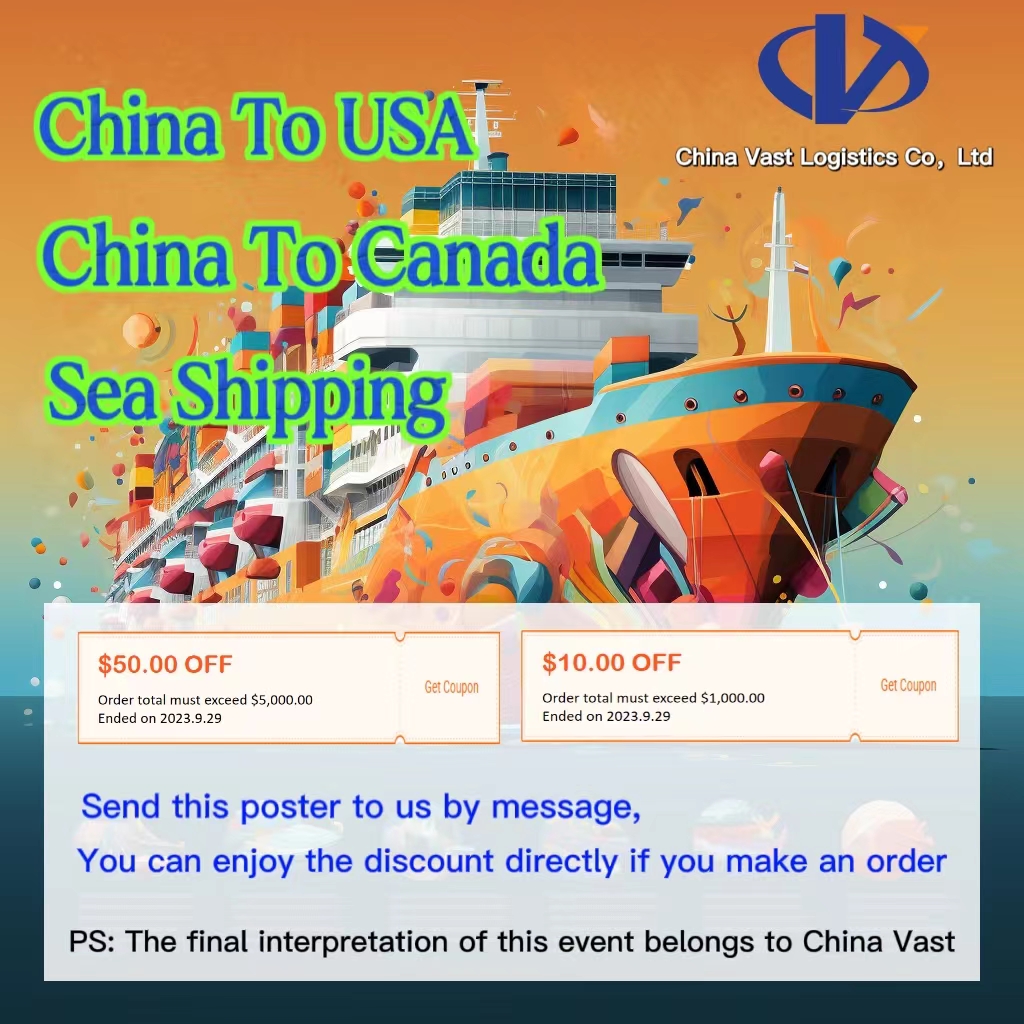In the world of ocean freight exports, costs often fluctuate due to a wide range of factors such as fuel prices, port congestion, cargo handling, and weather. To mitigate these cost fluctuations, shipping lines frequently introduce a variety of surcharges—often shown in abbreviated forms—on quotations or invoices.
If you don’t understand what these abbreviations mean or how the charges are calculated, it’s easy to run into disputes or misunderstandings.
To help you get familiar with these charges, we’ve grouped 24 common ocean freight surcharges into 7 categories:

1. Fuel-Related Surcharges
-
BAF (Bunker Adjustment Factor)
A fuel surcharge imposed when bunker fuel prices rise sharply. This is a common cost-sharing mechanism used by carriers across most trade lanes, though names and standards may vary. -
FAF (Fuel Adjustment Factor)
Essentially the same as BAF but primarily used on Japanese trade routes. -
EBS / EBA (Emergency Bunker Surcharge / Emergency Bunker Add)
Temporary fuel surcharges implemented when fuel prices surge but carriers are unable to raise base freight rates. Common on long-haul routes during unstable markets. -
LSS / LSD (Low Sulphur Surcharge / Low Sulphur Diesel)
Charged when vessels operate in Emission Control Areas (ECAs) and are required to use more expensive low-sulfur fuel. Applied on routes to Africa, South America, the Caribbean, Australia, Southeast Asia, and India.
2. Currency Adjustment Surcharges
-
CAF / CAS (Currency Adjustment Factor / Surcharge)
Imposed when the billing currency depreciates significantly, helping carriers offset exchange losses. Widely used but varies by route and currency. -
YAS (Yen Ascend Surcharge)
A yen-related adjustment surcharge, exclusive to Japan-bound trade.
3. Port-Related Surcharges
-
THC (Terminal Handling Charge)
Covers terminal services like cargo handling, equipment usage, yard operations, and labor costs. Split into:-
OTHC (Origin THC)
-
DTHC (Destination THC)
No fixed rates; varies by port, trade lane, and cargo type.
-
-
PCS (Port Congestion Surcharge)
Applied when ports experience serious congestion. Common at ports in North Africa, Israel, etc. Think of it like a taxi fare increase during traffic jams. -
ISPS (International Ship and Port Facility Security Charge)
Imposed under international regulations to ensure vessel and port security. -
ORC (Original Receiving Charge)
A regional surcharge mainly seen in Southern China (e.g., Guangdong) for cargo bound for Europe, the Americas, or transshipment. Treated as a type of THC but not charged simultaneously with it. -
CIC (Container Imbalance Charge)
Charged when trade imbalances or seasonal shifts require repositioning of empty containers, leading to additional costs for carriers.
4. Cargo-Related Surcharges
-
OWS (Overweight Surcharge)
Applies to containers exceeding the carrier’s weight limit (not to be confused with the container’s structural limit). Common for 20GP heavy containers on U.S. and Middle East routes. -
HLA (Heavy Lift Additional)
Charged for individual pieces that exceed specific weight thresholds and require special handling, such as cranes or manual securing. Charged per transshipment. -
LLA (Long Length Additional)
Charged for individual cargo units exceeding certain length thresholds. Rates increase progressively with length.
5. Route-Specific Surcharges
-
LWS (Low Water Surcharge)
Seen in European inland barge services via Antwerp or Rotterdam. During low-water seasons, barge operators reduce loads to prevent grounding, increasing per-unit costs. -
SCS (Suez Canal Surcharge)
Charged for cargo passing through the Suez Canal. It’s similar to a toll fee that carriers pass on to shippers. -
PTF (Panama Canal Transit Fee)
Like the Suez charge, it applies to East Coast-bound cargo from the Far East or West Coast via the Panama Canal. -
DS (Deviation Surcharge)
Imposed when ships must detour from normal routes due to blockages or political issues, increasing transit distance and time.
6. Risk-Related Surcharges
-
TAR / WARS (Temporary Additional Risk / War Surcharge)
Charged when vessels pass through high-risk or war-affected areas due to geopolitical instability. -
ECRS (Emergency Cost Recovery Surcharge)
Also known as bad-weather surcharge, this is applied when harsh weather significantly increases vessel operation and handling costs.
7. Customs & Regulatory Surcharges (Route-Specific)
-
AMS (Automated Manifest System Fee)
Required for cargo bound for the U.S. Carriers must submit electronic cargo manifests to U.S. Customs 24 hours before loading. -
ACI (Advance Commercial Information Fee)
Canadian version of AMS, requiring pre-shipment cargo information submitted to Canadian Customs. -
ENS (Entry Summary Declaration)
An EU-required pre-arrival declaration for cargo entering the European Union. -
AFR (Advance Filing Rules)
Japan’s version of AMS. Carriers must submit electronic manifest data 24 hours before vessel departure from the foreign port of loading.

